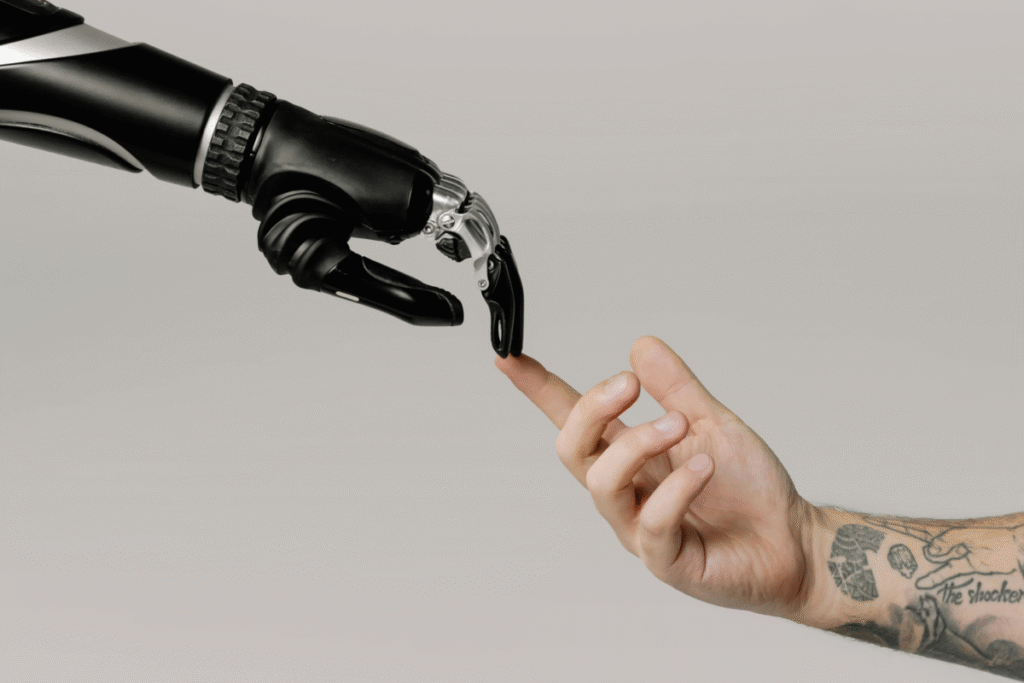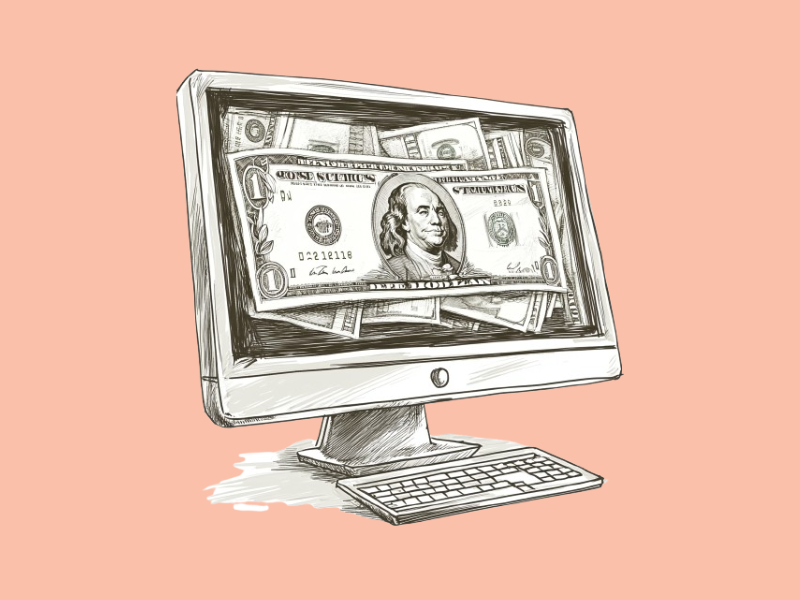Artificial intelligence is rapidly becoming one of the most disruptive factors in the global economy.
Self-driving cars, AI-generated content, and predictive health diagnostics are just the tip of the iceberg of the rapid innovation occurring.
Nonetheless, the speed of this growth is accompanied by growing interest from regulators worldwide. T
he lack of transparency in large language models, the concentration of AI infrastructure, and the unregulated training of AI systems with user data have raised an alarming discussion about the governance of AI systems.
At the same time, the blockchain market, which has been accused of being a hub of speculation, is proving to be a rather unexpected ally in the pursuit of AI transparency. With governments and institutions starting to consider the ways they can use AI safely and securely, now, Binance.com and other blockchain-related companies are taking their stand at the crossroads of decentralization and tech ethics.

The Black-Box AI Problem
Many of the current most sophisticated AI models are essentially black boxes. They can consume vast quantities of data and deliver results with frightening accuracy. Yet, the process by which they arrive at their conclusions is often tricky to explain, and sometimes impossible. This uninterpretability poses a significant challenge for the regulators. In the absence of transparency, it is challenging to ensure that AI is fair, unbiased, and not under the control of external forces.
This is where blockchain comes into the discussion. Although the AI models can be complicated, blockchains are designed to be transparent. They offer unalterable, time-stamped ledgers that have the capability of tracing all data, decisions, and interactions on a decentralized network. The technology may provide a layer that can be audited and verified on the behavior of AI systems, and provide regulators with insights into what is going on behind the scenes.
The Way Blockchain Can Make AI More Accountable
The fact that blockchain can record data provenance is one of the most promising features of blockchain for AI. All data items fed to a model can be traced and recorded in an immutable manner. This leaves an auditable trace, ensuring that AI systems are trained on verified, ethically sourced data. Such traceability is essential in industries such as healthcare or finance, where the stakes are high.
Binance, a global leader in blockchain infrastructure, is one of the organizations that are investigating the ability of blockchain to introduce transparency in AI applications. As its work with AI-related crypto projects continues to expand and as it facilitates the creation of decentralized data marketplaces, Binance is contributing to the establishment of more transparent and equitable AI systems.
Recently, Yi He, co-founder of Binance, had her say on the current situation. “Whether it’s the industrial revolution or the rise of the internet, every wave of innovation starts with speculative frenzy. But that doesn’t mean there aren’t valuable products created in the process.” Her remark highlights one of the most important aspects: despite the hype cycles around AI, the innovations that are taking place behind the scenes, particularly those supported by blockchain, might have long-term importance.
The Role of Binance in AI x Blockchain Integration
Binance has not been a trading platform only. It has funded many startups through Binance Labs and other venture arms, combining AI and blockchain. Such projects include decentralized AI training systems, and token-based data sharing platforms. It aims to democratize the use of AI tools and models, thereby ending the monopoly held by a few technology giants.
These platforms enable the model development to be done in a transparent community-driven environment by combining blockchain with AI. The data, compute resources, or input can be rewarded, but there is complete visibility on how the models evolve and perform. Binance not only funds these systems but also provides listing opportunities, staking support, and access to infrastructure, making their impact even greater.
Additionally, Binance has focused on educating its users on the latest technologies. Its content channels and community interaction channels currently feature AI-centered blockchain projects on a regular basis with the goal of attracting more users to these emerging environments with a clear idea of the potential advantages and dangers.
Regulatory Pressure and the Case for Decentralized Oversight
With the increasing power of AI technologies, governments are starting to react. The fact that the European Union is passing an AI Act, the United States is launching an AI Safety Institute and China is making real-time content moderation requirements all indicate that regulation is no longer a far-off issue. Nonetheless, centralized solutions to AI governance might not scale well transnationally or technologically.
An alternative is decentralized control that is enabled by blockchain. Ethical rules may also be encoded in smart contracts and models can be made to behave as per the predetermined standards. Independent nodes can also carry out audits. Voting in communities can be used to decide when to retrain, halt, or decommission some models.
Binance, with its global presence and experience in navigating regulatory frameworks, has the potential to be a key player in the development of decentralized AI governance. By promoting the use of open-source AI frameworks based on open infrastructure, Binance not only complies with regulations but also contributes to the future standard.
A Convergence of Forces
The connection between AI and blockchain is not yet fully developed, but its potential is becoming increasingly evident. In a world seeking to hold AI accountable, blockchain could provide the most powerful tools that have ever been developed, not by being pessimistic about innovation, but by making sure that it occurs in the open.
Binance is right in the middle of this convergence. It is filling the divide between two of the most life-changing technologies of the current era by supporting infrastructure that prioritizes transparency, encourages ethical data usage, and fosters inter-industry cooperation.
Regulatory attention to AI is expected to increase significantly in the coming years. However, as blockchain is transparent and decentralized, and platforms such as Binance continue to invest in responsible innovation, the industry has a legitimate opportunity to earn trust, not only in the eyes of regulators, but also in the eyes of the world.

